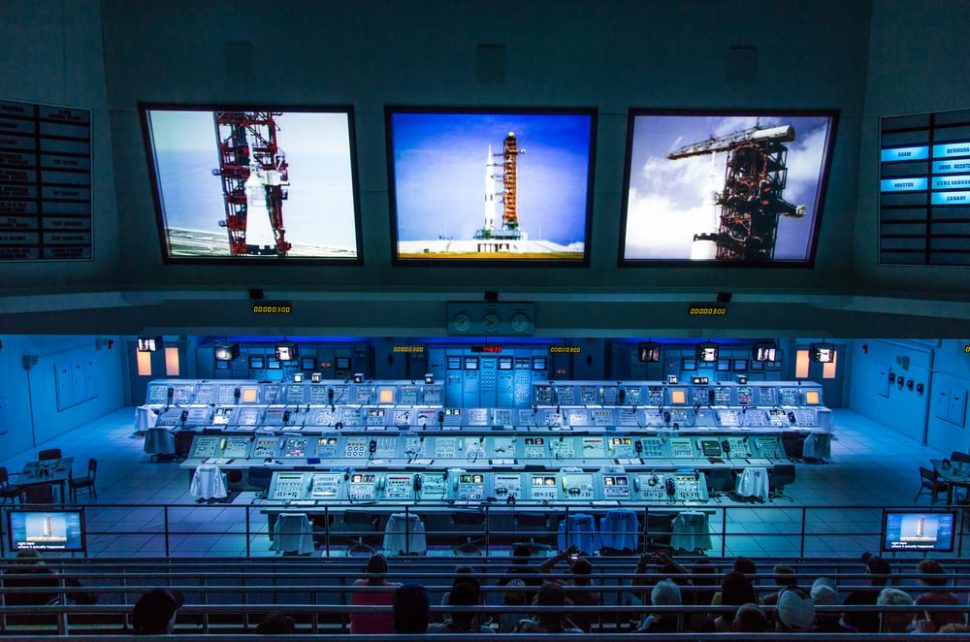NASA’s missions involve years of research, testing, and experimentation. Now, three universities are aiding the agency in its goals of space exploration.
Australian universities Curtin University and RMIT both work to improve aspects of NASA’s Mars initiatives. But Lone Star College-Cy Fair students helped design something for the International Space Station, too.
How did these universities contribute and what will it mean for NASA?
Two Universities, One 3D Printing Project
Dr. Qassim Saad works for both Curtin University and RMIT in Australia. But the teams at each university had different objectives with their Mars projects.
The Curtin University team used the HP Jet Fusion 3D printer to create nylon-based rock hammer prototypes. These can be printed with materials more suited to lower gravity and rougher terrain — like that on the Martian surface.
The idea came from wondering how astronauts could transport or even manufacture toolkits on Mars. Member of the team, Rose Thompson, told ZDNet:
“We had the idea that it was an evolving toolkit, so you can edit it on the fly as you realized what the limitations of the planet were. We went with a hammer as a final project as it’s not just relatable, it has this sort of permanence through time; it’s still used.”
But the tools available extend to the entire 3D printing library — not just the hammer.
RMIT took a different approach to another Martian problem: potential habitats.
Designing a Martian Habitat for Human Settlers
It might not seem like the most important task, but designing livable housing in a hostile environment can be daunting. So much so that NASA conducted a years-long contest that is only in its third phase.
The student team of designers at RMIT sought to design graphics for a future virtual urban area that housed around 1 million people on the Martian surface.
They based their initial designs on the Mars 2030 video game terrain. The game actually uses images, research, and the expert knowledge from previous NASA research.
Leveraging VR tech with the HTC Vive, designers developed the 3D modeled habitat with Autodesk software. These habitats also had to adhere to strict parameters like:
- room for machinery and necessary tools for Martian living
- at least 1,000 sq. ft. of space
- autonomous assembly or nearly ready-to-deploy status
But universities here in the U.S. are also working to help NASA.
A Community College Shoots for the Stars
Just outside of Houston, Texas, Lone Star College-Cy Fair students participated in the Micro-g NExT competition. The contest “challenges undergraduate students to design, build, and test a tool or device that addresses an authentic, current space exploration challenge.”
They even test their creations at the NASA Johnson Space Center Neutral Buoyancy Laboratory (NBL) in a simulated microgravity environment.
The tool this team created involves a zip-tie cutter. It sounds simple, but this could be revolutionary for the International Space Station (ISS).
The gizmo allows for the cutting and retaining of zip ties during spacewalks. In fact, thanks to the intention’s success on Earth, it will be the first Micro-g NExT tool creation to ever be used in orbit.
The tool’s inaugural use will be for repairs on the Alpha Magnetic Spectrometer (AMS) as early as 2019.
Students say the inspiration came from a click pen which offered an easy grab-and-release function. An astronaut can simply use one hand and a button press to cut, capture, and release the zip tie in question.
Retrieving the cut ties matters because of the fact that any debris can become a danger to the ISS’ hardware and modules.
It may not be the most legendary or revolutionary invention, but it will save astronauts time, energy, and worry, making life on space stations that much more reachable of a goal.



















Comments (0)
Most Recent